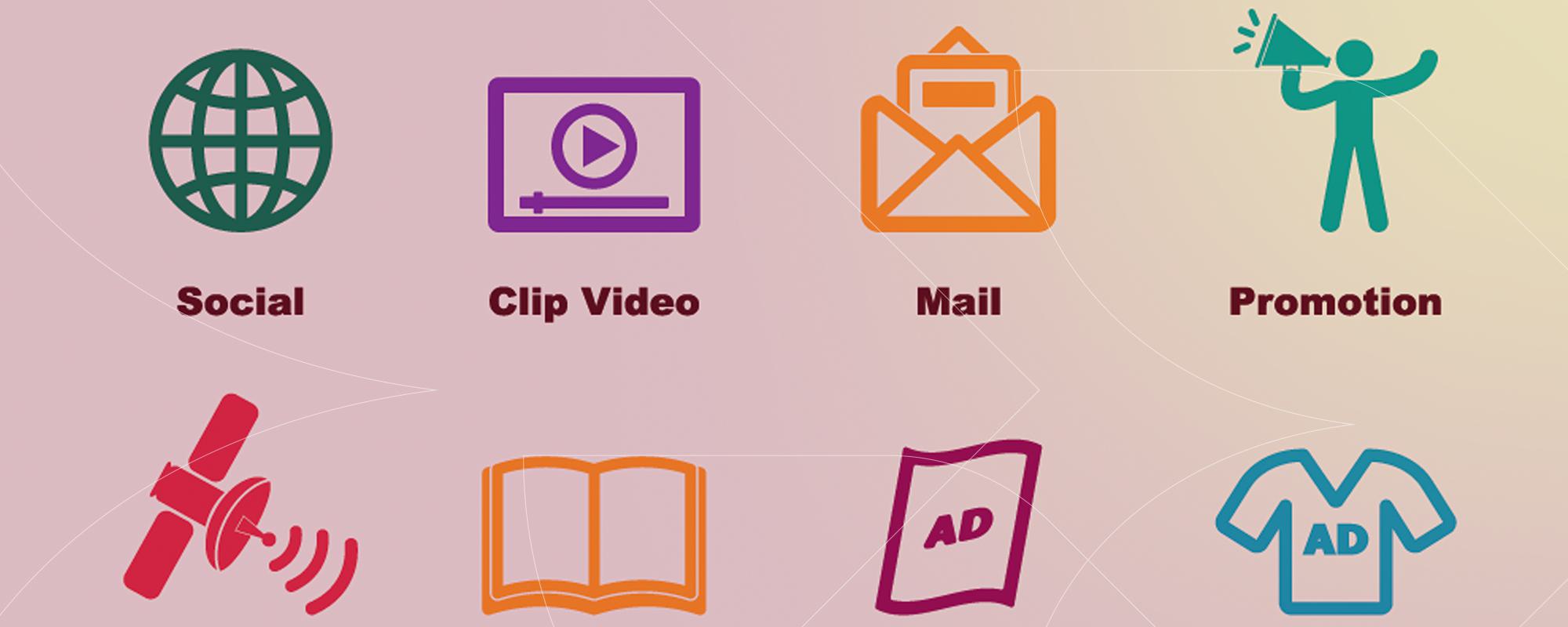Developing effective employee creative campaigns requires articulating a cause that will inspire hearts and minds and motivate employees to action. How these ideas are expressed—the imagery, taglines, visual models, and even the colors you use—is crucial to whether the message gets internalized and fully realized by employees.
As storytelling research indicates, your employees need to encounter your message 3-5 times before it even starts to resonate. That’s the first reason to think multi-channel for your next communications campaign. Multi-channel internal campaigns take a central theme and visualize it across multiple media, often varying the message by audience segments. Here are four reasons you need to utilize a number of channels and tactics to make an impact.
- Cultural Differences. In large, multinational organizations this has obvious implications—the message needs to be something that translates well into local cultures and languages. But cultural differences can exist even in a small office between executives and line workers, or between departments such as marketing and IT. What works for one group may backfire in another, and it’s important to plan for how a message is likely to be received before rolling it out.
- Communication Preferences. Every employee has a preferred communication style. Some employees prefer to receive communications via email, and others will only respond to in-person meetings. Each communication style is unique with different challenges and concerns. A successful campaign uses multiple tactics and adapts to each medium to reach the audience more effectively.
- Learning styles.To make your message come alive and truly activate it you need to take into account the different learning styles of your employees. Some will prefer to receive communications visually, or will need to hear it, others will need to experience it before it really sinks in. Learn more about incorporating learning styles into your corporate message with Bring Your Corporate Story to Life.
- Employee experiences. A factory worker has a different experience of the company than someone who works at a desk. The language, imagery, and overall cultural feel of the message needs to reflect their experiences and address their concerns to feel relevant.
Consider the case of ThyssenKrupp North America, who consolidated 18 separate benefits programs into one common healthcare plan. Because benefits decisions are frequently made together with spouses and partners, our communication plan had to address the needs of different audiences within the organization, from the plant workers, to the executives, and it also had to appeal effectively to their spouses and partners. Communication tactics needed to include group meetings where employees could ask questions, but also send materials directly to employees’ homes where they could be evaluated by key influencers in the decision-making process. Together with Gagen, ThyssenKrupp took a multi-channel campaign approach including mailers, brochures, poster series, and an external microsite accessible to both employees and their family members.
At ThyssenKrupp, as at many manufacturers, local plant managers are the front line of communications for many employees. These managers needed to know the plan inside out and be able to answer questions. Gagen helped ThyssenKrupp put together a comprehensive leader communications strategy, including briefings, leader toolkits and talking points so that local managers were able to address employee concerns and help them through the process. By thinking multi-channel for their internal communications campaign, ThyssenKrupp was able to successfully reach all employees and make the transition run smoothly.
